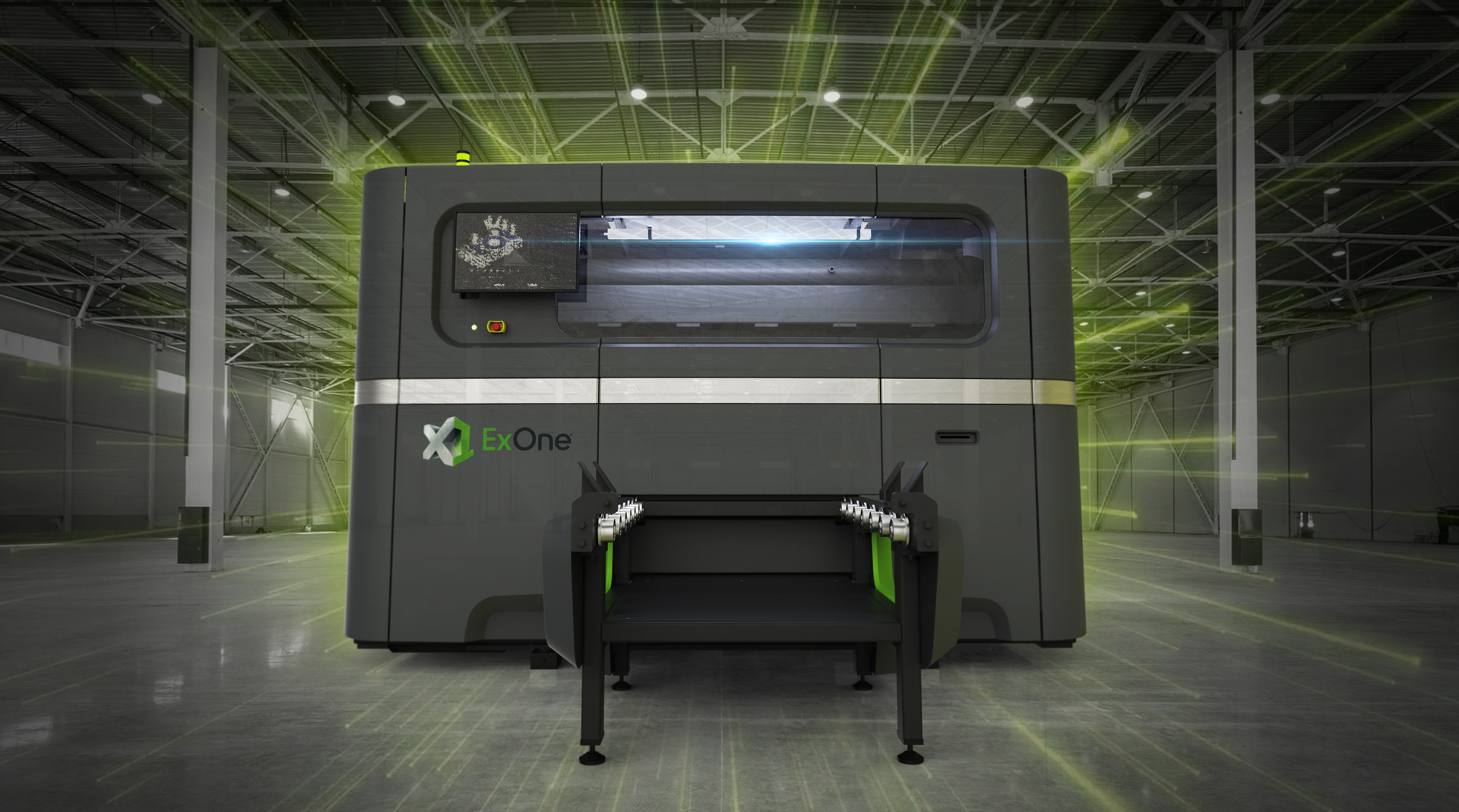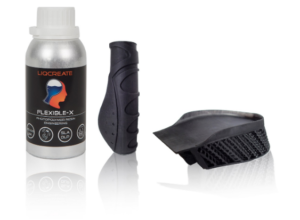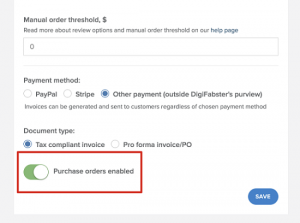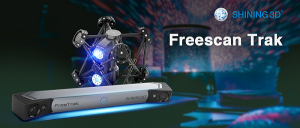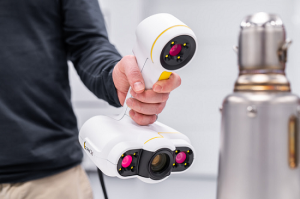Pioneer and global leader in binder jet 3D printing technology ExOne has posted a year-on-year revenue fall of 27% for their second-quarter earnings report. Company officials said challenging market conditions and future uncertainties as a result of the COVID-19 pandemic continue to put a strain on ExOne, particularly the disruptions to domestic and international shipping and the negative macroeconomic effects. In response to the global crisis, the company took several cost-saving actions, including a mix of employee terminations, furloughs, and pay rate reductions in an effort to save close to $2 million for the April through June quarter. Nonetheless, it is optimistic that a record backlog, increased liquidity, a contract with the U.S. Department of Defense, and a growing interest in 3D printing from companies worldwide will increase revenues in the future.
Heavily disarrayed supply chains brought chaos as lockdown impositions around the world meant factories were shut down and transportation was disrupted. As the year’s second-quarter earnings season took off, we have witnessed countless companies inform revenue declines mainly due to the impacts of the pandemic and various curtailment measures. In the statement released on August 6, 2020, ExOne said the revenue for this period totaled $11.1 million, down from $15.3 million in Q2 2019, claiming its revenue decline resulted from a 47% decrease in earnings from 3D printing machines driven by lower volumes (eight units sold in the current quarter versus 13 in the prior-year period) and an unfavorable mix of machines sold. This decrease was partially offset by a 3% increase in revenue attributable to 3D printed and other products, materials, and services driven by funded research and development contracts.
Following the report’s release, ExOne’s stock was trading at $9.90, a 1.44% increase compared to the previous day. On March 11, 2020, when COVID-19 reached pandemic status, according to the World Health Organization (WHO), company stock was trading at $5.16 and since then, its shares have increased by 95% and are now at $10.07.
ExOne’s CEO, John Hartner, said on an earnings call that the results showcase how ExOne business has truly differentiated within the 3D market and that during the second quarter they made contingent progress towards a more predictable revenue model delivering recurring revenues of $6.2 million, a year-on-year increase of 3%. Hartner explained that this is largely due to the growth in the company’s install base, funded R&D, and other engineering development services. He also particularly highlighted the continued growth of an already strong backlog to $38.2 million, a new record level that, he expects, will continue to support revenue predictability for some time. As well as a stable gross margin of 27.8% and a total liquidity increase to $29.7 million from $26.8 million on March 31, 2020.
“The fundamentals that support our business remain highly favorable, it may even be enhanced by the current market conditions. ExOne is part of a ten billion dollar 3D printing industry that is growing at double-digit rates and remains relatively young […],” explained the CEO. “We believe our binder jetting technology is in a sweet spot, as manufacturers look for smart and sustainable supply chain solutions that link into a new industry 4.0 dynamic.”
Although Hartner revealed that the operating results continue to be impacted by a prolonged downturn in the global manufacturing sector, which has in turn influenced the capital expenditures of its customers, he remains confident that Pennsylvania-headquartered ExOne can better the situation. Mainly through the combination of its encouraging backlog, robust front-of-sales funnel, traction in new contracts, recurring revenue stream, and accelerated market adoption of binder jetting technology to provide the basis for operating stability for the remainder of 2020 and into 2021.
Despite machine unit sales in Q2 being at 57% of Q1 2020, investments still remain focused on the further development of binder jetting technology, including the X1 160PRO metal 3D printing system, which is poised to move metal 3D printing into high volume production. The team of engineers behind its fabrication continues to receive many inbound requests and is already producing the first machine for its customers, remaining on target with the original release plans, and expecting first shipments by the end of 2020.
A focus on government R&D and adoption projects has provided diversified strength during the capital spending downturn for ExOne. The company revealed a significant contract with the U.S. Department of Defense to develop a field-deployable binder jet 3D printer. The recently awarded $1.6 million contract is part of ExOne’s program development contracts with the U.S. government and companies that want to ramp up the engineering work associated with getting a production 3D print cell and workflow off the ground.
On this point, Hartner suggested that part of the growth in these contracts, which are recognized as recurring revenue, is leading towards future production machine sales. Beyond government awards, ExOne also has engaged several global manufacturers in the automotive, medical, and consumer goods industry on production program developments. Further revealing that at least one of these companies is planning to use the printers to modernize and decentralize the supply chain in key locations around the world.
Claiming to be the only binder jet 3D printing provider with a comprehensive portfolio of solutions for the direct printing of metals and ceramics in addition to sand molds and cores, ExOne expects to have a key competitive advantage by offering customers manufacturing flexibility through its more than 20 material printing capability. Last November, the company unveiled its tenth metal printer, the X1 160PRO, in what 3DPrint.com considered “a solid move towards a more production-oriented 3D printing industry.” Moreover, in two months, it expects to surround the new production 3D printers with a complete and intelligent workflow to enhance the user experience, from applications to monitor the 3D printers to entirely new 3D printing networks. Part of this has already been announced as the company revealed an entirely new Scout App to monitor industrial 3D printers and launched a new Sand 3D Printing Network, powered by more than 40 industrial binder jetting systems. Hartner suggested these are the first steps in broader long term plans to include new automation and software tools that are currently in development.
The post 3D Printing Financials: ExOne 27% Revenue Drop, Employee Layoffs and Government Contract in Q2 2020 appeared first on 3DPrint.com | The Voice of 3D Printing / Additive Manufacturing.




